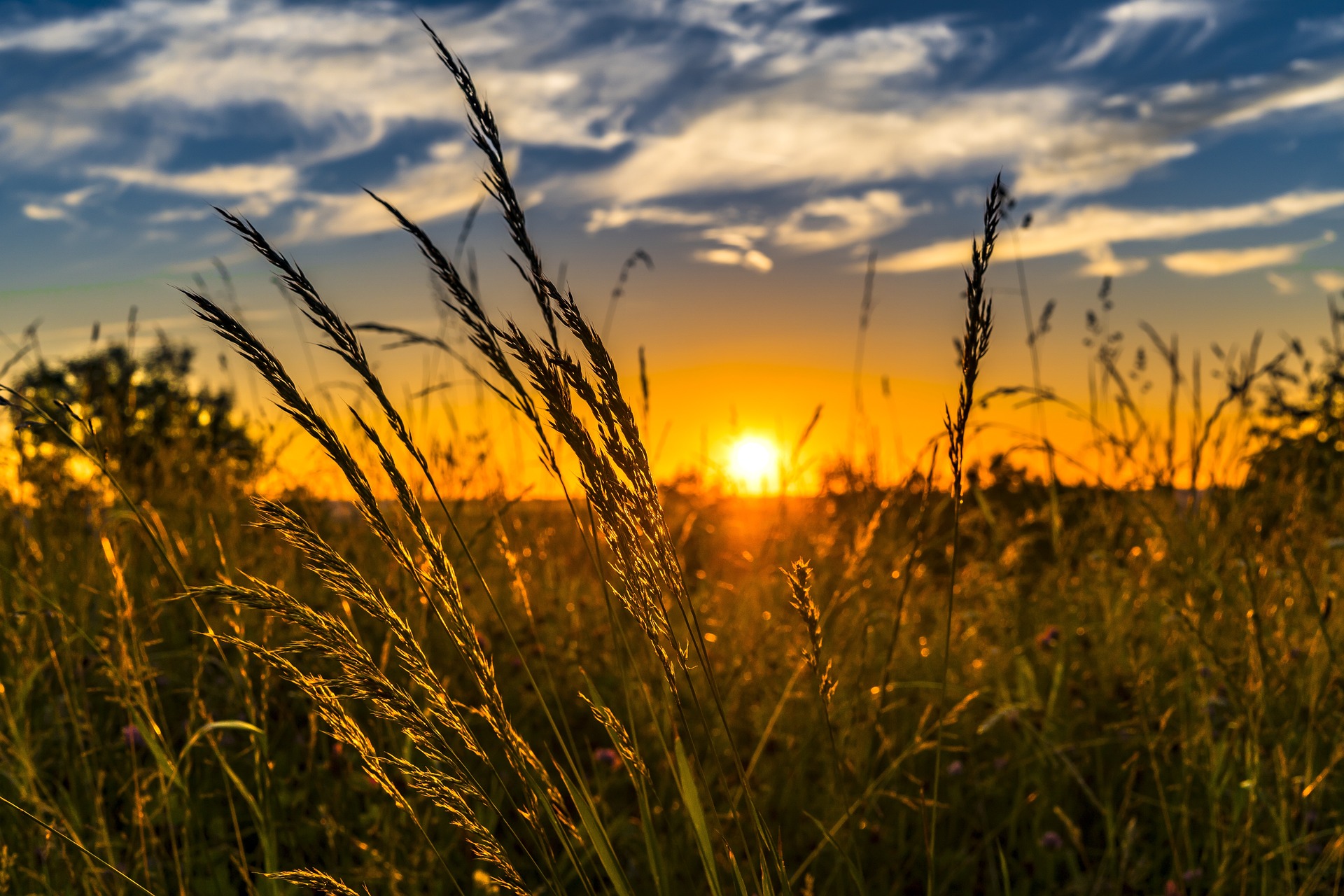The challenge
The 1960s saw the industrialisation of agriculture with diesel-powered tractors and harvesters, manure replaced with factory-produced synthetic fertilisers, and farmers focusing on fewer crop varieties.
Historically, row width for crop sowing was governed by the width of the plough animal, often a donkey. Crop varieties were bred over decades to be productive at this width. Tractors were then developed to fit these widths. Even now, machine harvesters and precision fertiliser systems are compatible to a row width based on a donkey rather than actual biological production potential of a crop.
This industrialised agriculture model successfully reduced famine and supported a global population boom from 3 billion to 8 billion.
Australian farmers are innovative but current farming systems are 'locked in' due to co-dependencies of machinery and infrastructure, livestock genetics and management practice. Australia needs to rapidly transform these systems to meet 2050 sustainability and food security goals. There are fewer than 28 annual planting opportunities to create this shift.

Our response
What does farming looking like in 2050? Can Australia align water, crops, livestock, genetics, machinery, energy, labour, capital, technology and sustainability to optimise food and fibre production? Without a crystal ball, we rely on our understanding of the past, present and emerging drivers to position agriculture for step-change innovation and production.
There's a need – and thus an opportunity – to create a long-term vision of what farming businesses and communities might look like so the agricultural industry can drive progress towards the future.
The Ag2050 Report
The first phase of Ag2050, the Ag2050 Scenarios Report, is a collaboration between the Australian Department of Agriculture, Fisheries and Forestry (DAFF), CSIRO Futures, our strategic and economic advisory arm, and our Agriculture and Food business unit.
For this phase, we brought together a range of actors from across farming systems in targeted stakeholder consultations and workshops to 'reimagine farming' by co-designing a suite of evidence-based scenarios. The scenarios describe possible future farming systems and key shifts and actions needed to bring them about.
The Report's initial focus is on the livestock and mixed farming enterprise system as it covers the bulk of farming land in Australia, but also includes broader considerations for fisheries and forestry.
The Report was published in April 2024 and aims to motivate further discussions on what Australian farming systems could look like by 2050 to be productive, resilient and sustainable.
Read more and download the Ag2050 Scenarios Report.
The broader Ag2050 project
Phase two of Ag2050 is a broader, multi-year program of works conducted by CSIRO that draws on the Report as well as our deep domain expertise and national connections. CSIRO is the only institution globally that could deliver this initiative.
The challenge
The 1960s saw the industrialisation of agriculture with diesel-powered tractors and harvesters, manure replaced with factory-produced synthetic fertilisers, and farmers focusing on fewer crop varieties.
Historically, row width for crop sowing was governed by the width of the plough animal, often a donkey. Crop varieties were bred over decades to be productive at this width. Tractors were then developed to fit these widths. Even now, machine harvesters and precision fertiliser systems are compatible to a row width based on a donkey rather than actual biological production potential of a crop.
This industrialised agriculture model successfully reduced famine and supported a global population boom from 3 billion to 8 billion.
Australian farmers are innovative but current farming systems are 'locked in' due to co-dependencies of machinery and infrastructure, livestock genetics and management practice. Australia needs to rapidly transform these systems to meet 2050 sustainability and food security goals. There are fewer than 28 annual planting opportunities to create this shift.
Our response
What does farming looking like in 2050? Can Australia align water, crops, livestock, genetics, machinery, energy, labour, capital, technology and sustainability to optimise food and fibre production? Without a crystal ball, we rely on our understanding of the past, present and emerging drivers to position agriculture for step-change innovation and production.
There's a need – and thus an opportunity – to create a long-term vision of what farming businesses and communities might look like so the agricultural industry can drive progress towards the future.
The Ag2050 Report
The first phase of Ag2050, the Ag2050 Scenarios Report, is a collaboration between the Australian Department of Agriculture, Fisheries and Forestry (DAFF), CSIRO Futures, our strategic and economic advisory arm, and our Agriculture and Food business unit.
For this phase, we brought together a range of actors from across farming systems in targeted stakeholder consultations and workshops to 'reimagine farming' by co-designing a suite of evidence-based scenarios. The scenarios describe possible future farming systems and key shifts and actions needed to bring them about.
The Report's initial focus is on the livestock and mixed farming enterprise system as it covers the bulk of farming land in Australia, but also includes broader considerations for fisheries and forestry.
The Report was published in April 2024 and aims to motivate further discussions on what Australian farming systems could look like by 2050 to be productive, resilient and sustainable.
Read more and download the Ag2050 Scenarios Report.
The broader Ag2050 project
Phase two of Ag2050 is a broader, multi-year program of works conducted by CSIRO that draws on the Report as well as our deep domain expertise and national connections. CSIRO is the only institution globally that could deliver this initiative.
